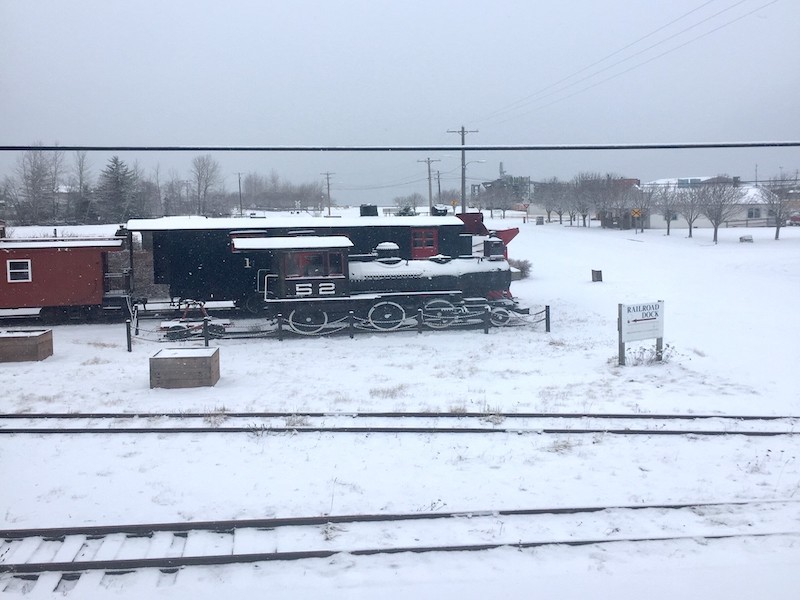Inventory Update and Museum Work
Written by: Morgan W. Valenzuela
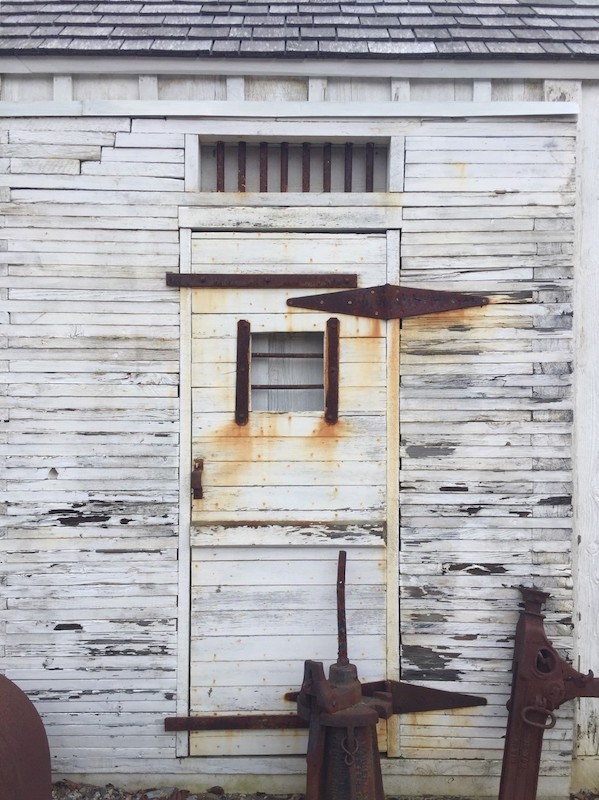
Nearly constant and remarkably steady, the snow has crept over the mountain and up the Lynn Canal. When one snowfall melts, another descends in its place. The main project my internship focuses on – conducting a full inventory of Klondike Gold Rush National Historical Park’s Library – has mirrored the weather. The work is slow and steady, but as sure as the spring will eventually arrive, this first step will be completed soon.
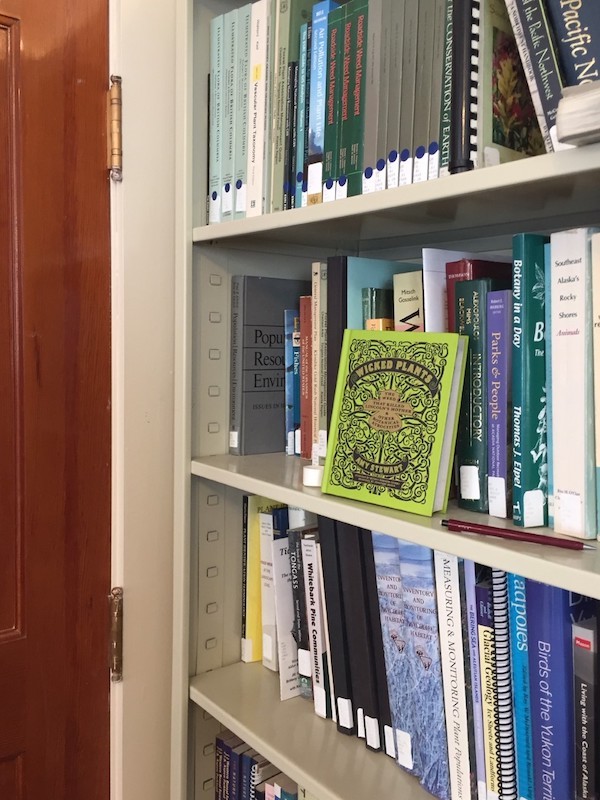
At the time I wrote my last entry, the inventory of KLGO’s library collection had been advancing at a glacial pace. Equipped with a pencil, a memo pad, and a shelf list pulled from NPS Libris, I had settled myself in a corner of the Main Library. I pulled each item from its place on the shelf and checked the Local Call Numbers on the pocket card against the shelf list entries.
During this first foray into the stacks, I had decided that when I found an item on the shelves that was listed on the shelf list, I would check the item off. If the item I pulled did not appear on the shelf list, I would write the Local Call Number, title, and author down in the memo pad. This method might have worked, had it not been for the immense number of items that did not appear in the shelf list.
When I eventually reached the midpoint of the first bookcase, I had begun to doubt my method. It was during this time that I was practicing my Catalog 1 Training and had started Catalog 2 Training. These trainings provided some insight as to the larger scope of KLGO’s Library development.
At the same time, two staff members have retired or are in the process of retiring, which has been the inventory’s impetus. One departure has become a return; KLGO’s newly retired Museum Technician has become KLGO’s newest volunteer. With an experienced set of eyes and an extra pair of hands, the inventory process has moved ahead by leaps and bounds.
The method of conducting inventory has evolved. Items that do not appear on the shelf list are no longer listed out, only left to sit on their shelf. Items that do appear on the shelf list are marked with a colored sticker, checked off the list, and any notes related to the item are taken down. In the course of completing inventory in the Main Library and the various branch libraries, we have discovered discrepancies and oddities regarding Local Call Numbers, Call Number Prefixes, and sometimes the lack of labels entirely. These items have been set aside for the time being. More updates on these later.
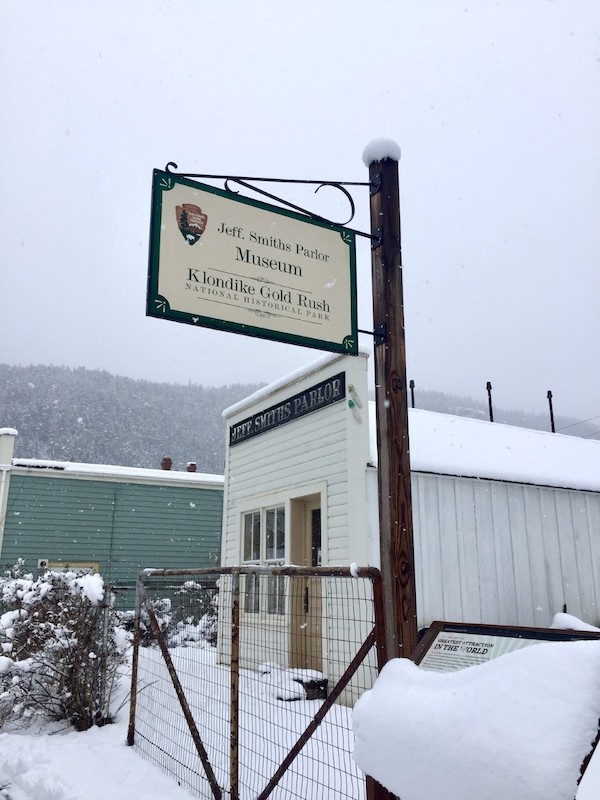
In addition to my library-related work, I have been able to add some museum work to my time at KLGO. One of these is accompanying the new Museum Technician on her Weekly Building Checks. The museum buildings seem frozen in time, empty of and waiting for visitors. The collection spaces feel a bit more “lived in” as museum work continues all year round, but the shelves of objects and the files full of records seem untouched. They, of course, are not. Pests, sunlight, and the weather in general impact these spaces and the artifacts in them.
The Weekly Building Checks are fairly self-explanatory; walking through the same space each week makes it familiar, so changes, damage, or disruption within that space becomes noticeable. Pest traps are checked and any specimens are recorded and analyzed. These checks also include the collection of data from the digital instruments that measure the temperature and humidity in KLGO’s museum and collection spaces. Light readings are taken, for both visible and UV light. With the guidance of the Museum Curator, the locations at which light readings are taken are being adjusted.
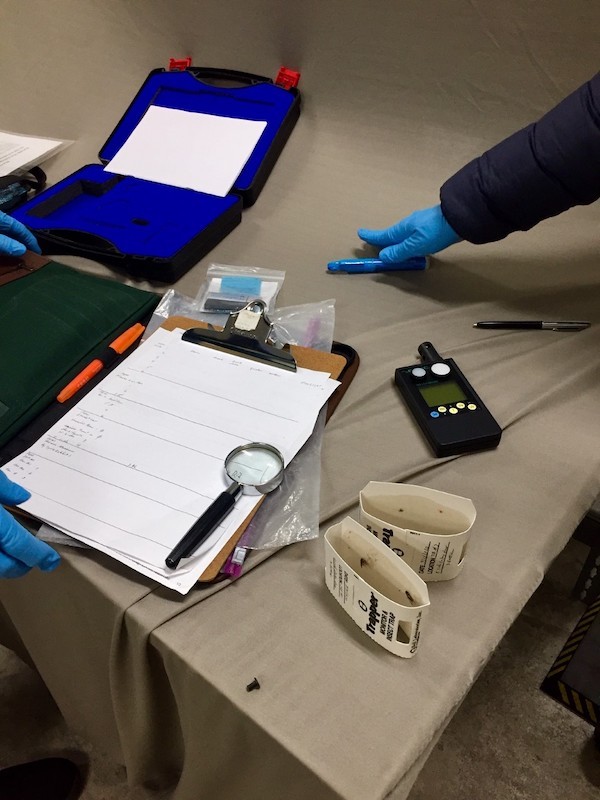
Another project that falls more directly under the Museum Program is connected to a construction project scheduled for late spring into early summer which will occur next door to a structure that houses collection objects and artifacts. The vibrations that the construction will bring means that those items must be moved, lest they suffer damage. In preparation for the move I’ll be assisting with, I have brushed up my skills in the handling, packing, and moving of historic objects.
Despite the snow blanketing the town, the sun is peeking over the mountain tops earlier each morning and setting later; spring is truly just around the bend. With the warm weather and longer days – the sun stretches itself across the sky for 18 hours on the summer solstice – come summer visitors. Or, at least, they would in a normal year. While vaccines are beginning to become more widely available, safe travel is not widely accessible; Skagway is not expecting large cruise ships, which bring nearly 1 million visitors to explore the area during the summer season.
Still, with the majority of residents vaccinated and tourism being the town’s major source of economy, the town is hopeful that independent travelers will make the journey up. KLGO is preparing to welcome visitors and has hired a small cohort of seasonal interpretation rangers for summer 2021. These rangers will need spaces to interpret so museum spaces will need to be opened and arranged. I am very excited that this has become one of my duties.
